Laser Cladding, also known as Laser Metal Deposition (LMD) or Laser Engineered Net Shaping (LENS), is an advanced additive manufacturing and surface modification technology. It utilizes a high-power laser beam as a heat source to fuse metallic powder or wire feedstock onto a substrate material, creating a metallurgically bonded, dense, and high-performance coating or near-net-shape component. This process offers unparalleled precision, minimal heat input, and exceptional flexibility, making it indispensable in industries demanding high-value part repair, enhanced surface properties, or functional prototyping.
Core Components and Process Principle
A typical laser cladding system integrates several key subsystems:
-
Laser Source: High-power lasers (commonly Diode, Fiber, or CO2 lasers, typically in the 0.5 kW to 6+ kW range) provide the concentrated energy beam.
-
Material Feedstock Delivery: Powder is precisely metered and conveyed via an inert carrier gas (e.g., Argon, Nitrogen) through a nozzle coaxial or off-axis with the laser beam. Wire feedstock systems are also used.
-
Motion System: A Computer Numerical Control (CNC) system or robotic arm precisely manipulates the relative movement between the laser/material head and the workpiece.
-
Process Chamber (Optional): Often used for oxidation-sensitive materials, filled with inert gas.
-
Monitoring & Control Systems: Sensors (e.g., pyrometers, cameras) monitor melt pool temperature, size, and clad geometry in real-time, enabling closed-loop control for consistency.
The fundamental process steps are:
-
Laser-Material Interaction: The focused laser beam strikes the substrate surface, creating a small, localized molten pool.
-
Material Introduction: Powder particles or wire are injected directly into this molten pool. The feedstock melts rapidly upon contact.
-
Melt Pool Dynamics & Solidification: The molten material flows within the pool, driven by surface tension and Marangoni convection. As the laser beam moves on, the molten material rapidly solidifies, forming a strong metallurgical bond with the underlying substrate. Minimal dilution (mixing of substrate material into the clad layer) is a key characteristic.
-
Layer Buildup: By overlapping single clad tracks and adding successive layers, 3D geometries can be built additively, or thick coatings can be deposited.
Key Advantages of Laser Cladding
Laser cladding offers significant benefits over traditional coating and repair methods (like thermal spray or welding):
-
Minimal Heat Affected Zone (HAZ) and Distortion: Precise, localized heating reduces thermal stress and warping, preserving the integrity of the base material.
-
Low Dilution: The clad layer retains the desired composition and properties of the feedstock material with minimal contamination from the substrate.
-
Metallurgical Bond: Creates a strong, dense, pore-free bond superior to mechanical bonds in thermal spray.
-
Precision & Flexibility: Excellent control over layer thickness (typically 0.1mm - 2mm per layer), geometry, and placement. Suitable for complex shapes and localized repairs.
-
Material Versatility: Compatible with a vast range of alloys: steels (stainless, tool), nickel-based superalloys, cobalt-based alloys (Stellite), titanium alloys, copper alloys, carbides (metal matrix composites), and functionally graded materials.
-
Enhanced Properties: Produces coatings with superior wear resistance (abrasion, adhesion, erosion), corrosion resistance, high-temperature performance, and tailored surface characteristics.
-
Near-Net-Shape Capability: Reduces machining time and material waste for additive manufacturing of parts.
-
Repair of High-Value Components: Restores worn or damaged parts (e.g., turbine blades, shafts, molds) to original dimensions or better, extending service life at a fraction of replacement cost.
Primary Applications
Laser cladding finds extensive use across demanding industries:
-
Oil & Gas: Wear and corrosion-resistant coatings on valves, drill bits, pump shafts, downhole tools.
-
Aerospace & Power Generation: Repair and coating of turbine blades, vanes, combustor components with superalloys; engine component refurbishment.
-
Automotive: Repair of high-cost tools (dies, molds); wear-resistant coatings on engine valves, piston rings, transmission components.
-
Tooling & Die: Hardfacing of cutting tools, forging dies, extrusion screws, plastic injection molds to enhance wear resistance and lifespan.
-
Mining & Heavy Machinery: Abrasion-resistant coatings on excavator teeth, crusher hammers, conveyor screws, hydraulic cylinders.
-
Biomedical: Fabrication and coating of custom orthopedic implants with biocompatible materials (e.g., Ti-6Al-4V).
-
Additive Manufacturing: Production of complex, fully dense metal components directly from CAD models, often using specialized alloys.
Process Considerations and Challenges
While powerful, laser cladding requires careful optimization and control:
-
Parameter Optimization: Laser power, beam spot size and profile, scanning speed, powder feed rate, gas flow, and overlap ratio must be precisely tuned for each material combination to achieve desired clad quality (density, bond strength, hardness, low dilution, minimal cracking/porosity).
-
Residual Stress: Rapid solidification can induce stresses; pre-heating or post-process heat treatment may be necessary.
-
Material Cost: Metallic powders, especially specialized alloys, can be expensive.
-
Process Monitoring & Control: Maintaining consistent quality, especially for complex geometries or long builds, requires sophisticated real-time monitoring and adaptive control systems.
-
Surface Preparation: Substrate surfaces must be meticulously cleaned (degreased, grit-blasted) to ensure good bonding.
Emerging Trends
Research and development are continuously advancing the field:
-
Hybrid Processes: Combining laser cladding with machining (e.g., turning, milling) in a single setup for integrated additive and subtractive manufacturing.
-
Artificial Intelligence (AI) & Machine Learning: Using AI for real-time defect detection, adaptive process control, and predictive modeling of clad properties.
-
New Material Development: Cladding with amorphous metals (metallic glasses), high-entropy alloys (HEAs), and advanced composites for unique properties.
-
Increased Automation & Robotics: Enhanced path planning and integration with industrial robots for complex part production and repair.
-
In-situ Sensing Advancements: More sophisticated sensors for comprehensive process monitoring.
Laser cladding has evolved from a niche repair technique to a cornerstone technology in advanced manufacturing. Its unique combination of precision, low heat input, material flexibility, and ability to create superior metallurgical bonds makes it invaluable for enhancing component lifespan, repairing critical parts, and manufacturing high-performance components. As process control, automation, and material science continue to advance, laser cladding is poised to play an even more significant role in driving innovation and efficiency across a multitude of high-tech industries. Its ability to apply tailored, high-value surfaces and build complex geometries ensures its position as a critical tool for the future of manufacturing and component sustainability.
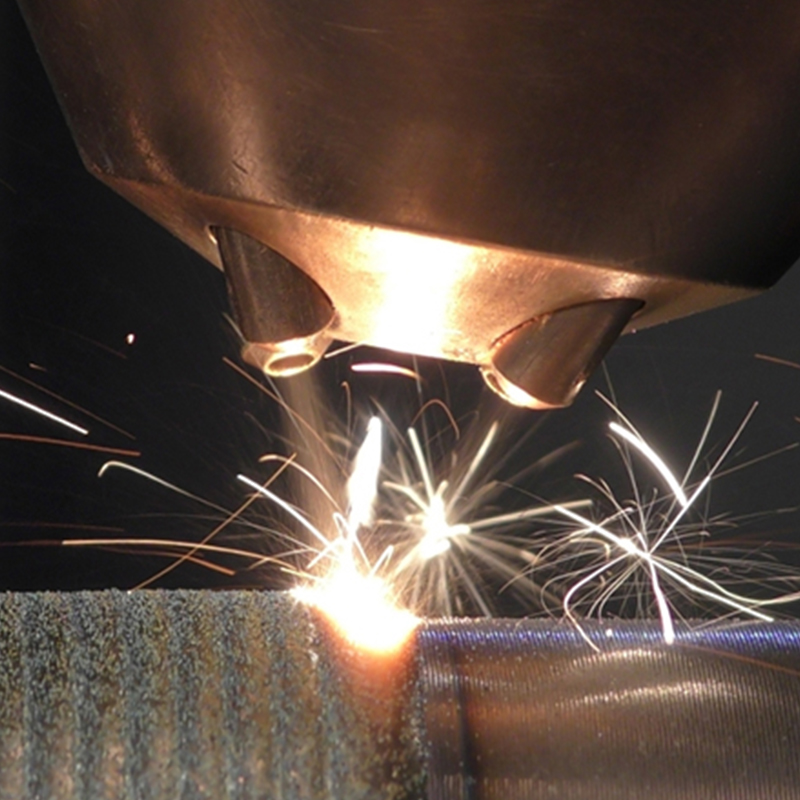

 ENG
ENG
 English
English عربى
عربى Español
Español 中文简体
中文简体
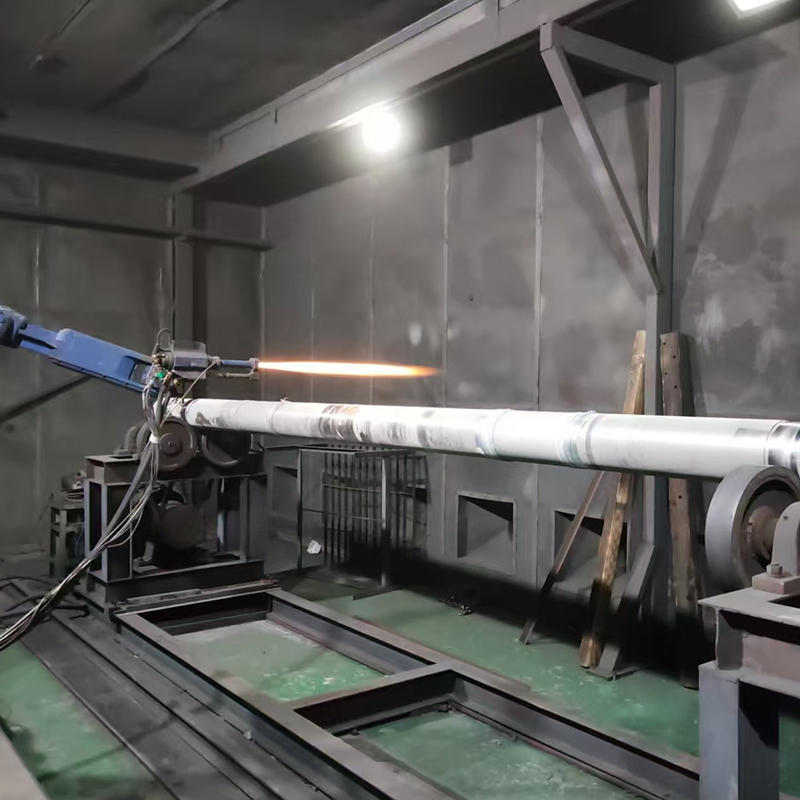
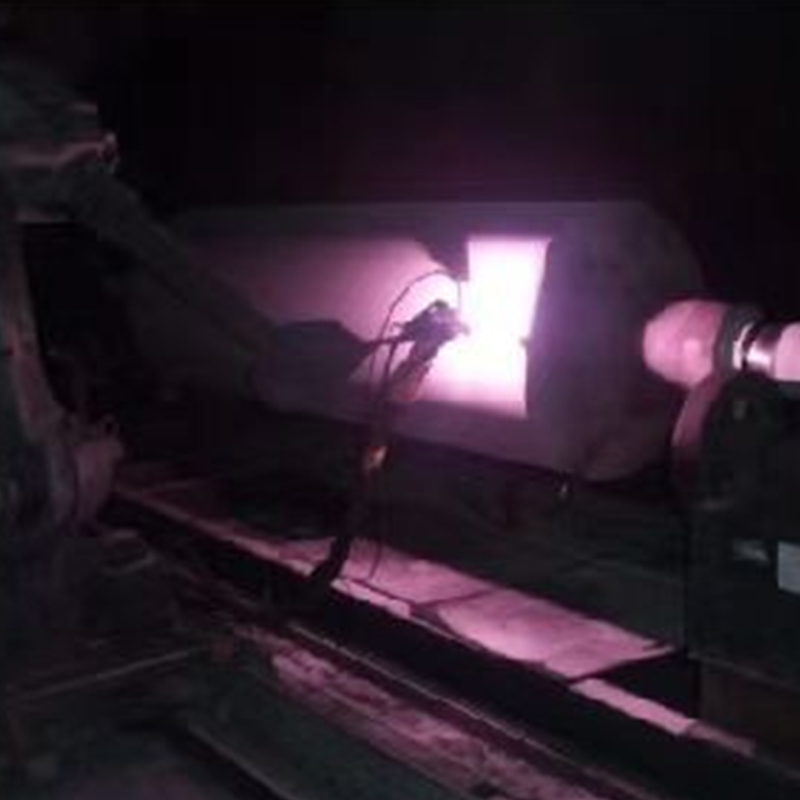
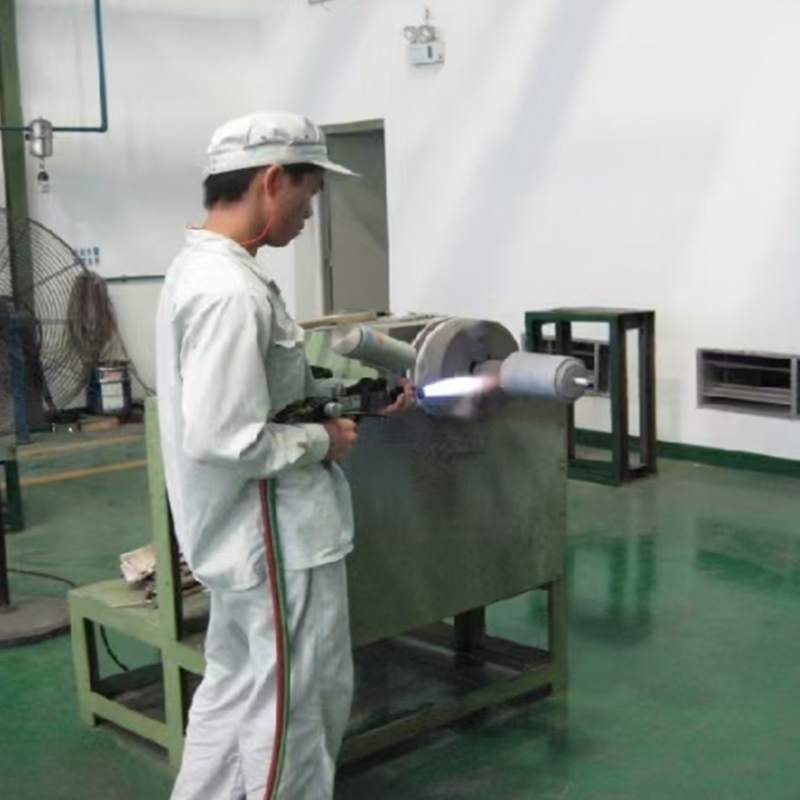

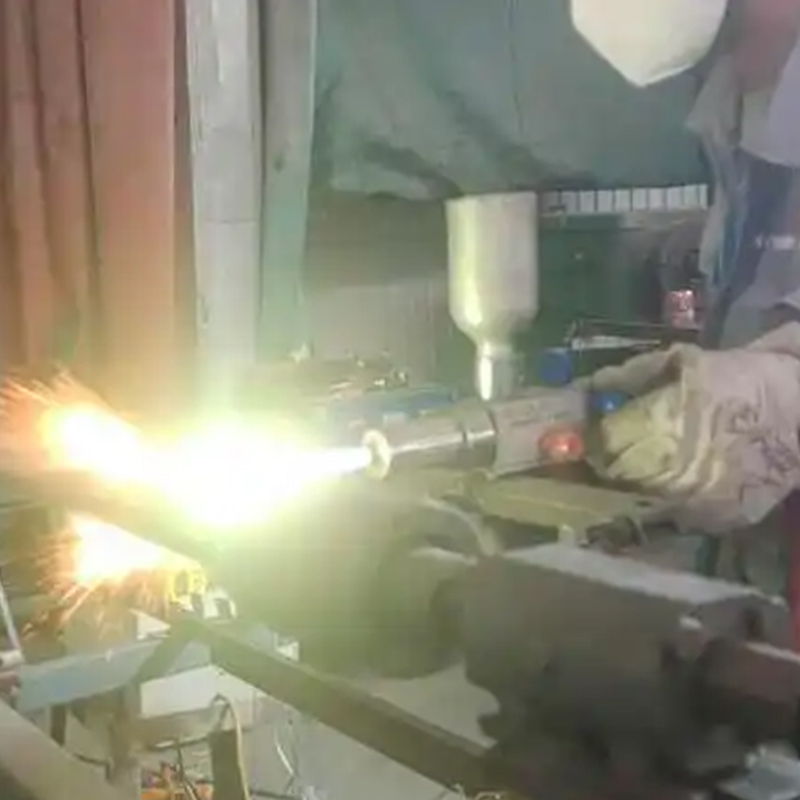
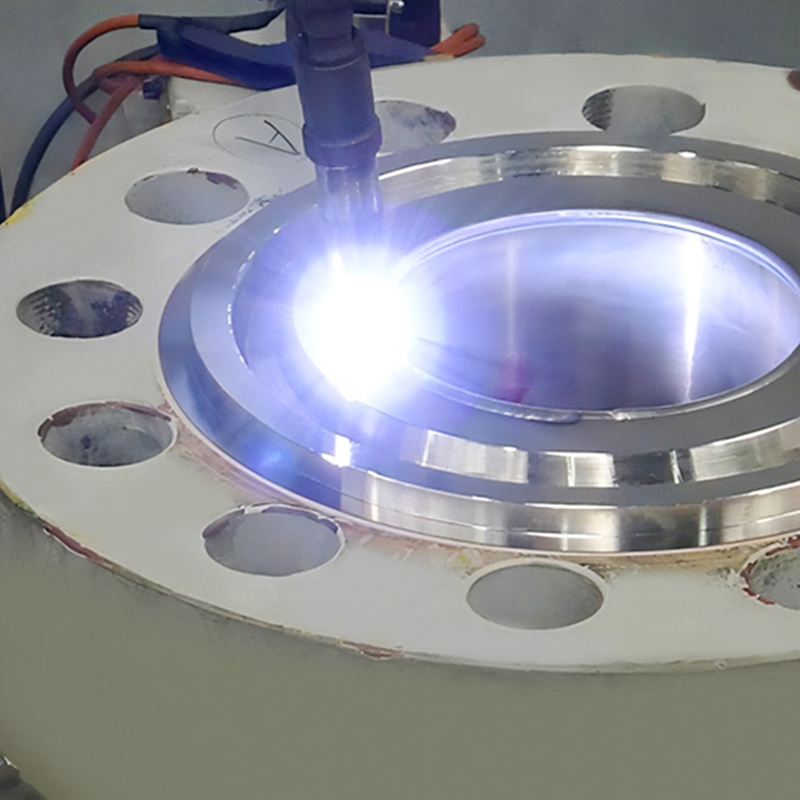
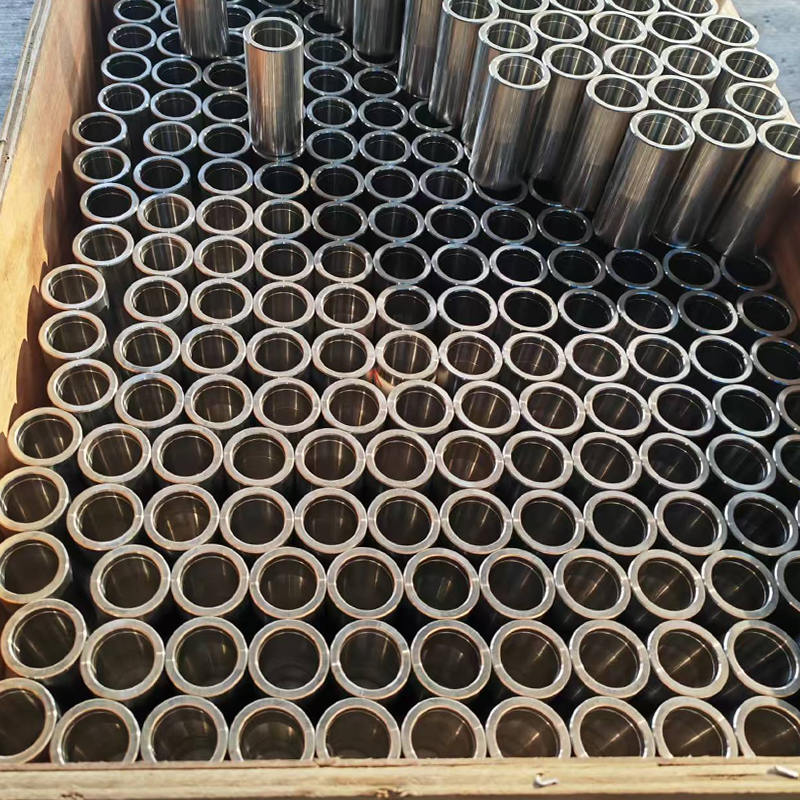
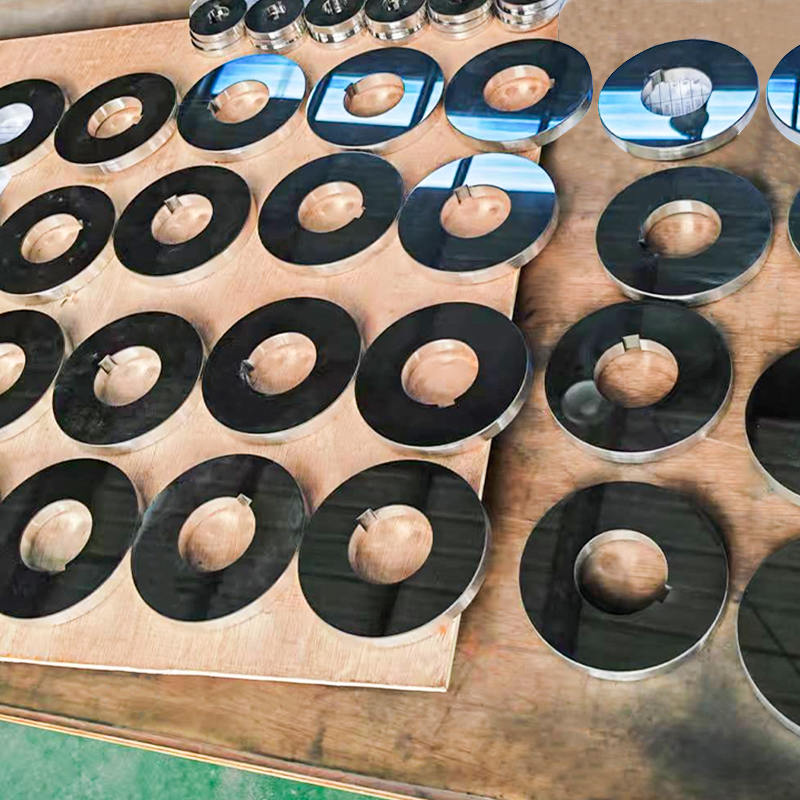
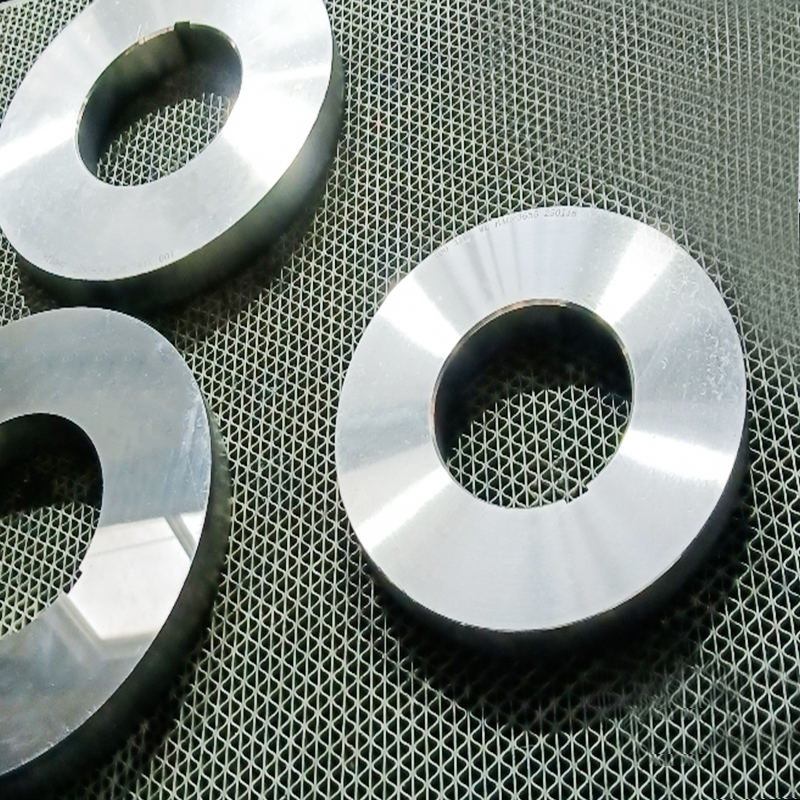
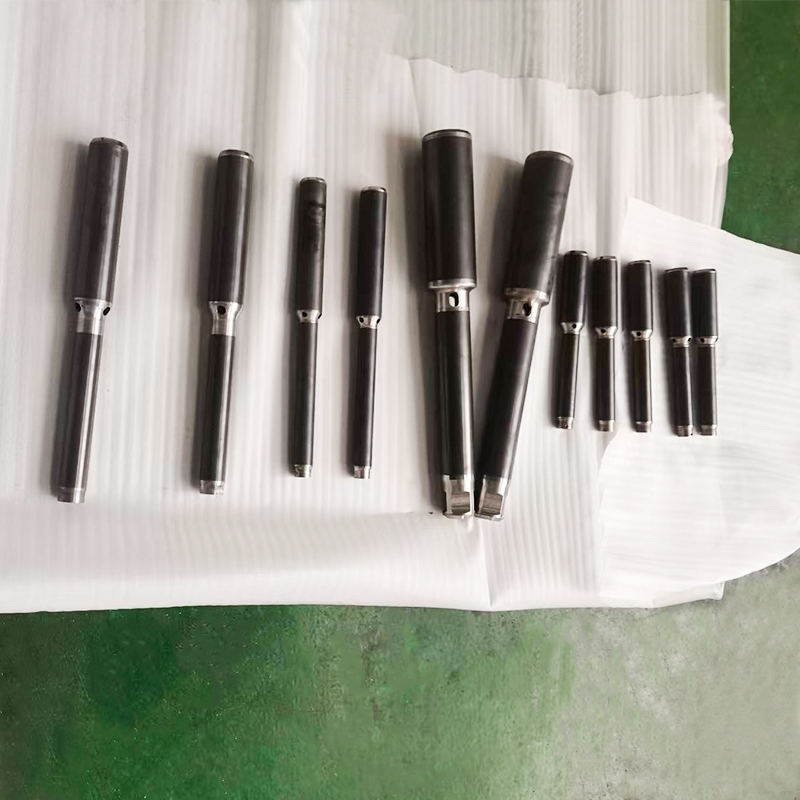
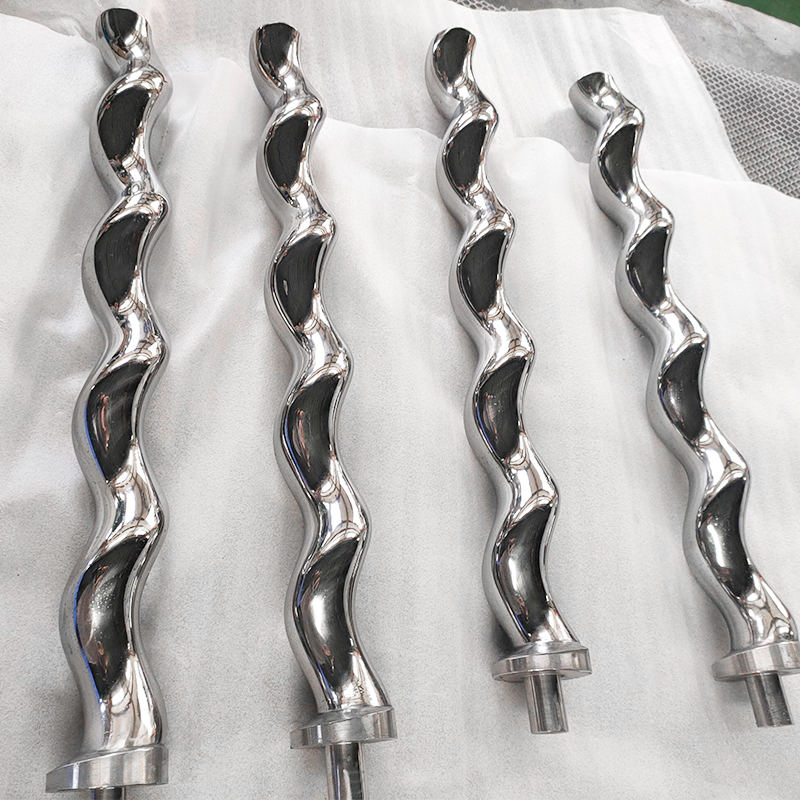

 TOP
TOP